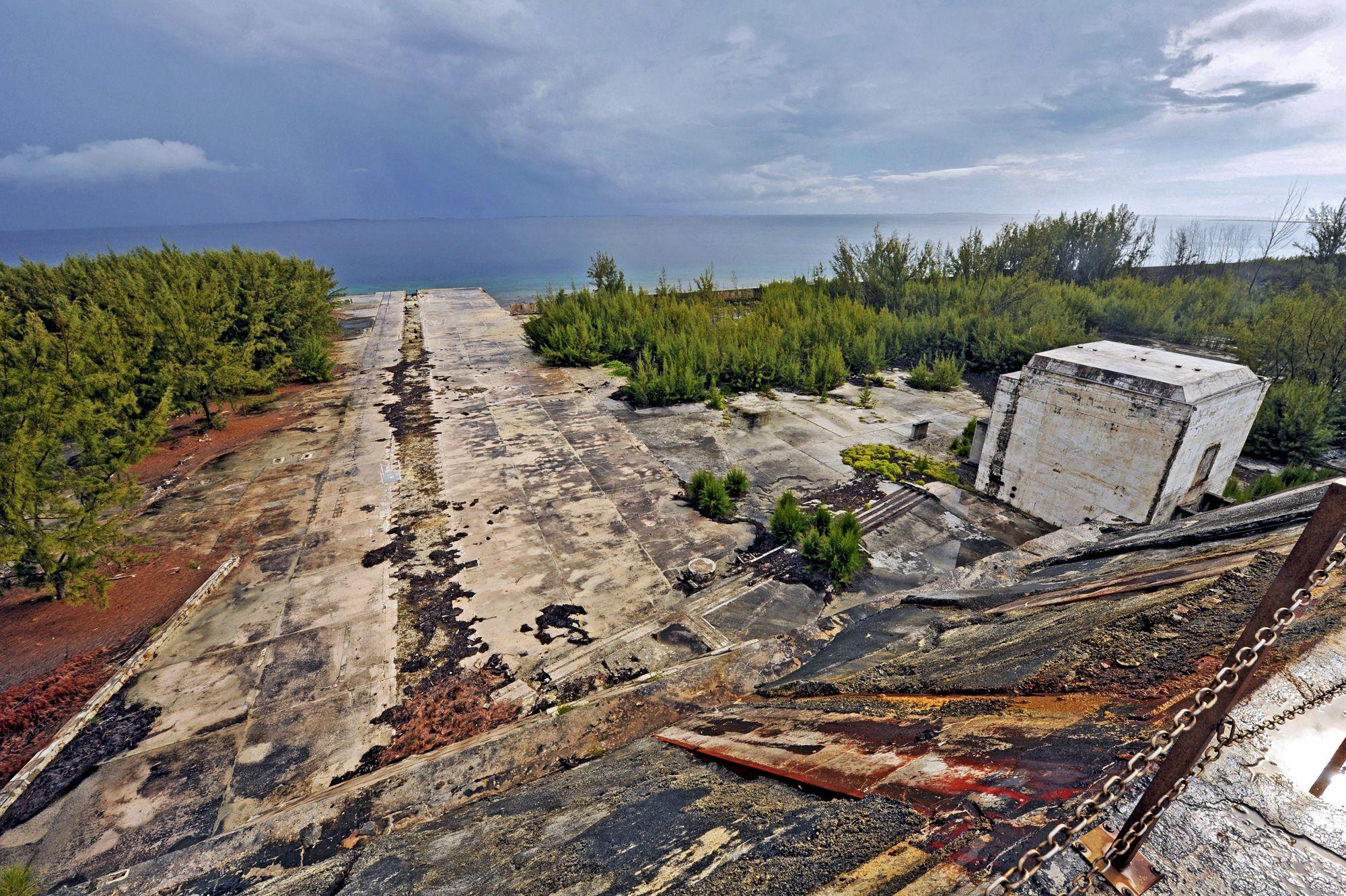How France sabotaged Greenpeace's anti-nuclear mission Unveiling the Mururoa Atoll secrets
At a certain point in time, the Greenpeace organization, which I'll delve into later, is quite an interesting group with energetic folks always showing up at the right place and time. They managed to acquire the Rainbow Warrior trawler. Buying such a vessel is no small feat; it requires a considerable amount of money.
However, through convincing efforts, Greenpeace gathered voluntary donations for this purpose. The story doesn't end there – Greenpeace went on to refurbish the trawler, a process that demanded even more funds to support their environmental campaigns. Despite the financial challenges, this initiative is undeniably a praiseworthy and commendable endeavour.
So, the Rainbow Warrior sailed to Mururoa Atoll in French Polynesia, situated in the South Pacific. Now, you might wonder, how many atolls are there in that part of the world? Quite a few, my dear friends. As numerous as Armenians in Marseille, one might say. However, the crucial detail is that since 1966, Mururoa Atoll has been France's primary nuclear test site. Unsurprisingly, this didn't sit well with France's geopolitical rivals. It's quite intriguing, isn't it? I wonder which country or organization, just before the Rainbow Warrior set sail, generously contributed the largest sum to Greenpeace's account. Quite a curious thought, indeed.

The ship's mission was to make it impossible to conduct nuclear tests near the atoll. Well, after all, the cultured French would not detonate a nuclear charge when a civilian vessel belonging to such an organisation as Greenpeace was on the roadstead nearby. In general, preparations for the voyage began, and these preparations were carried out secretly. But someone leaked information about the forthcoming action to the French.
I think it was leaked from Greenpeace itself, but in any case, French intelligence received appropriate instructions to ensure that no rainbow warriors would interfere with the planned nuclear weapons test. And it would not hurt to punish these environmentalists in an exemplary manner so that no one would dare to do so in the future. Measures should have been taken to prevent such actions from happening again. The French briefly decided to blow up the ship as it entered the port of Auckland, New Zealand.
On the night of July 10, 1985, they planted two explosive devices in the hull of the ship. Why two? One is a precautionary one, which would not cause much damage, well, scare the environmentalists with a firecracker, you see, they will all run away. But something went wrong, and instead of running headlong, Portuguese photographer Fernando Pereira, unaware that the first explosion was a warning, ran after the camera remaining on board and was killed by the second explosion. A terrorist attack, comrades. Moreover, on the territory of another state. This is a serious matter, a matter of jurisdiction.
As expected, an international scandal broke out, which simply could not help but break out when it turned out that the ship was blown up not by terrorists from some evil Al-Qaeda, but only by operatives from the Main Directorate of External Security of the French Ministry of Defense. The agents, of course, were caught and punished, they spent several years in a New Zealand prison, then, however, they were amnestied for health reasons and returned to France.
The operation was authorized by the military adviser to the President of France, General Jean Monier, who assured everyone that Francois Mitterrand, the then head of state, knew nothing. But you and I are adults and we understand everything, the general's job is to divert lightning, it's not for Mitterrand himself to take the rap for such punctures. Nevertheless, politeness is above all, and while maintaining decency, Mitterrand nevertheless expressed regret over the photographer's death, but added that his special services had to act because Greenpeace had no right to interfere with France's legitimate military activities, including nuclear tests.
Someone had to be sacrificed, and therefore the then French Defense Minister Charles Ernu had to resign, as a result, the international community received what is called "blood on the carpet", and Greenpeace... Nothing happened to Greenpeace, Greenpeace received compensation. I don't know if she covered the costs of the trawler and its reconstruction, I think she most likely covered it with interest, but I can't say anything definite about compensation to the family of the late photographer Fernando Pereira. This is a great mystery. State-owned.

A little earlier, on July 25, 1979, the French nuclear tests took place at half the usual depth, because the device got stuck during the descent into the 800-meter shaft. As a result of the explosion, a crack 40 cm wide and several kilometres long was formed in the underwater part of the atoll. There is a danger of radioactive substances entering the ocean. France has not published data on radioactive contamination as a result of this incident. For reference: between 1966 and 1996, the French military conducted 181 nuclear tests on Mururoa. Researchers believe that even as a result of one test, all 110,000 residents of Tahiti and the Leeward Islands could receive a dose of radiation of one millisievert or more — this is the threshold set by the authorities as a criterion for paying compensation to cancer patients.
There is also a document from the Ministry of Health of Polynesia, according to which about 11 thousand people received a dose of five millisieverts or more. Colonialism? Probably, well, they will not study the effects of radiation on the human body in the French.








